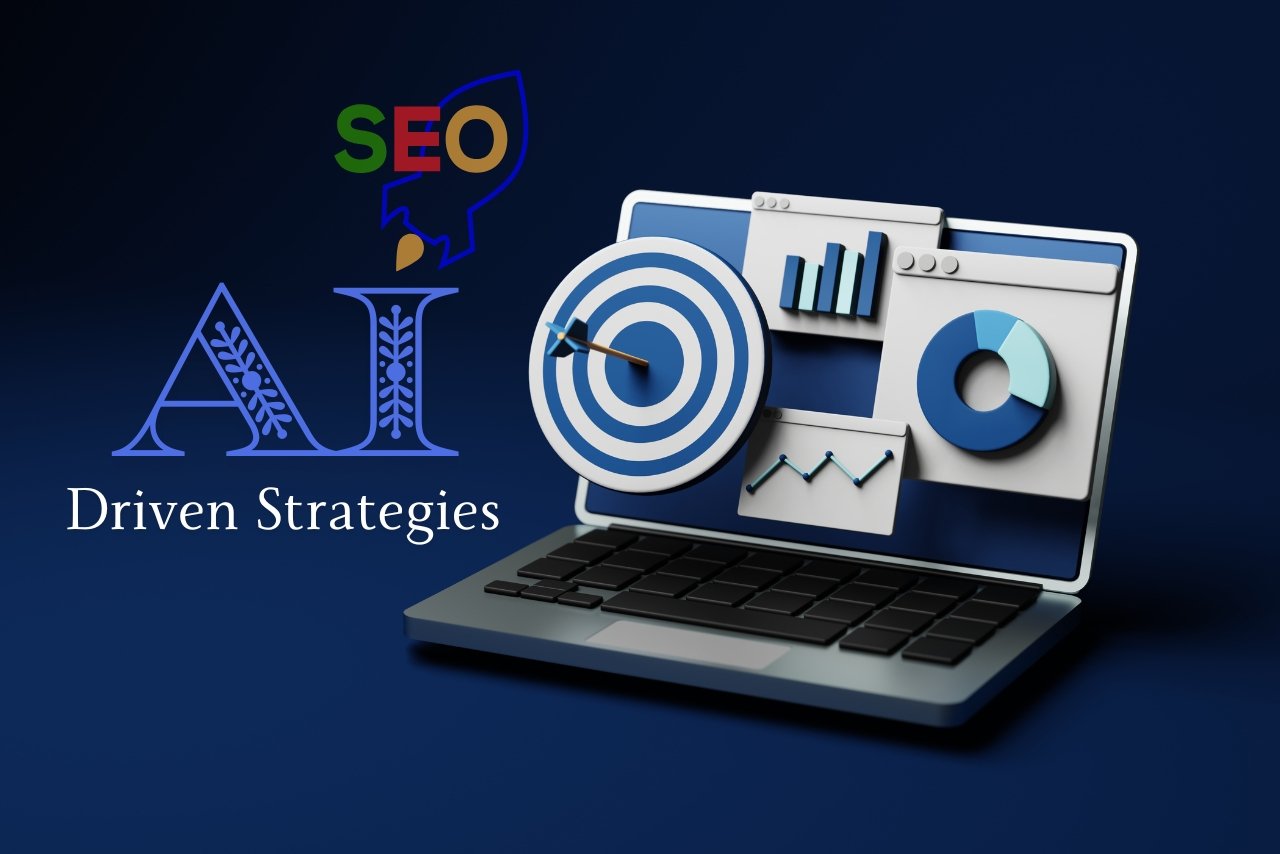Mapping the buyer’s journey is an essential step toward comprehensively understanding your customers’ purchasing decisions and customer retention. By doing so, you can confidently optimize your sales, support, and marketing efforts to meet their needs and expectations better.
Purchasing decisions made by customers are seldom impulsive. It may take several days, weeks, or even months to decide. Failing to engage with customers throughout this process can lead to missed opportunities for profitable sales.
Therefore, it is critical to comprehend the buyer’s journey, its significance, and how it can be utilized to establish more effective marketing and sales strategies.
As businesses focus on generating sales, they often overlook the critical stages of the customer journey after the sale. Customer retention, or developing a strong bond between the customer and the brand, significantly impacts annual revenue. Therefore, it’s worth looking at these stages to understand their importance better.
To effectively grow your revenue, it is essential to have a deep understanding of the buyer’s journey, its significance in the sales process, and the effective implementation of content-driven retention strategies. These strategies can help you retain your existing customers and drive long-term success for your business.
What is the buyer’s journey?
When making a purchase, buyers typically follow a specific path known as the buyer’s journey. This journey involves multiple stages, including becoming aware of a product or service, considering and evaluating it, and ultimately deciding to buy.
Businesses must understand this process to market their products and services to potential customers effectively. By catering to the needs and preferences of buyers at each stage of the journey, businesses can increase their chances of making successful sales.
Understanding the buyer’s journey is key to developing effective sales strategies. By empathizing with the buyer’s pain points and challenges and identifying the factors that influence their decision-making, sales reps can position their product or service in a way that resonates with the buyer.
What are the three stages of the buyer’s journey?

As potential buyer progresses along their path to purchase, they encounter three discernible stages that comprise their journey. These stages are the awareness stage, the consideration stage, and the decision stage.
During the Awareness Stage, the buyer becomes aware of the issues they must address.
Next, in the Consideration Stage, the buyer defines the problem and examines various options to resolve it.
Finally, during the Decision Stage, the buyer evaluates their options and selects the optimal provider to administer the solution.
Buyer’s journey vs. Customer’s journey
Acquiring and retaining customers is essential for businesses to thrive. To achieve this, businesses need to understand the buyer and customer journeys.
The Buyer Journey involves a series of actions and decisions made by prospects before making a purchase. During this journey, businesses should aim to provide prospects with the most relevant and helpful content at the right time to help them move towards a purchase decision.
On the other hand, the Customer Journey begins after the purchase. Successful businesses understand that the first purchase is merely the start of a customer’s journey. To retain customers and earn long-term loyalty, businesses must focus on providing personalized and continued support. This involves engaging customers with relevant content, providing exceptional customer service, and offering personalized experiences.
Businesses can build strong customer relationships, improve brand loyalty, and drive long-term growth by prioritizing the customer journey.
What is Customer Retention?
In the business world, customer retention is a key metric that determines the level of loyalty a customer has towards a company over time. It is a critical aspect of measuring overall success as it indicates the ability of a business to keep its customers engaged and satisfied.
To improve customer retention, companies employ various strategies, such as enhancing customer experience, offering personalized services, and providing exceptional post-sales support. These practices help to reduce the number of customers lost and keep them loyal to the business.
Grow Your Revenue By Using Customer Retention Strategies
1. Adopt customer service tools.
As a small to mid-sized business, your support team may be limited to a handful of individuals. But as your customer base expands, providing exceptional customer service to ensure customer retention and satisfaction becomes crucial. Fortunately, various technological solutions are now available to help supplement your support team’s efforts and enhance your customer service capabilities.
2. Empower customers with convenience.
To attract and retain customers, businesses across all industries must ensure that their products or services are easily accessible and convenient. Streamlining the process of obtaining and utilizing your offerings can significantly impact customer satisfaction and, ultimately, the business’s success.
3. Providing personalized experiences
Personalized experiences are crucial in today’s market. Customers expect to be treated as individuals with unique preferences, and making them feel valued and understood is essential. Personalizing recommendations and services shows that you care about their needs and want to provide them with the best experience possible.
4. Speak to your customers.
Connecting with your customers is vital to any business. Gaining insights from firsthand accounts can give you a solid foundation to identify areas for improvement in your strategy confidently.
5. Educate your customers.
After a customer makes a purchase, it’s important not to assume the deal is closed. In fact, with so many alternatives available, it’s essential to exceed their expectations by providing something of value that will keep them coming back for more. Consider offering a complimentary educational program, which can be a game-changer regarding customer satisfaction and retention.
6. Build trust with your customers.
Gaining customers’ trust can be achieved through various approaches, and one of the most significant methods is to showcase their importance and provide tailored solutions to their specific requirements.
7. Keep things interesting.
By diversifying the range of products you offer, you have the opportunity to captivate customers with the excitement of novelty, potentially increasing the likelihood of repeat business.
8. Thank your customers.
Acknowledging your customers and expressing gratitude for their loyalty is a powerful way to establish a brand that is not only memorable but also endearing.
Which customer retention strategy is right for your business?
As a business owner, you have a wide array of customer retention strategies to choose from. It’s important to keep in mind that not every strategy will work for your specific business, but by putting the customer’s needs first, you can ensure that they will continue to choose your brand time and time again.
So, which of these effective strategies will you implement to keep your customers happy and returning for more?







